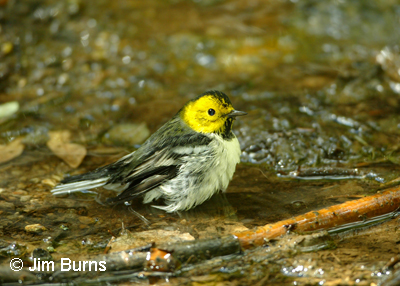
If you assumed our warm, dry winter would presage an early migration, you're forgetting that birds overwintering in Central and South America don't get weather reports from Arizona. Spring migration is thought to be triggered by hormonal changes which birds undergo as daylight lengthens on their wintering grounds. But, since migration is fraught with many hazards and tremendous expenditures of energy, why don't the birds just stay on their wintering grounds where the weather is warm and food is available year round?
There are two theories. One is that the last ice age forced birds southward to the tropics but many retained the instinct to make a seasonal return to original breeding ground as the ice retreated. The other speculates the opposite--that northern breeders originated in the tropics and expanded northward in their search for territory so their annual winter retreat is a return to their origins.
Breeding bird species in North America number about 650, and approximately 80% of those are migratory. The majority of these migrants spend the winter in Mexico, Central America, and the Caribbean. Although many species employ similar migration strategies, some are quite different. Most of our warblers travel at night, average about 30 mph, and fly from 3,000 to 5,000 feet high. Some, "fueling up" before the journey begins or in preparation for crossing large bodies of water, may double their weight in several days of gorging at a particularly productive food area. They are then capable of flying over 100 hours without stopping to refuel. These are five inch birds which weigh less than an ounce, and the twice yearly trip for some is northern Alaska to Chile!
Hazards along the way include bad weather, exposure to predators, and communication towers which may disorient the birds or cause death by collision. Juvenile birds often make mistakes which lead them far off course to perish in the ocean, yet there are many examples of individual birds which arrive on the exact same breeding territory on the exact same day for years in succession!
Spring migration, driven by the biological urge to breed, nest, and raise young before insects disappear from northerly latitudes, is more pronounced and observable than fall migration which is protracted and leisurely, driven by food supply, wind and weather patterns. In central Arizona look for migrant warblers at Granite Reef Picnic Area on the Bush Highway, Mesquite Wash on the Beeline Highway, and the forest service road up Mt. Ord where the accompanying photo of a Hermit Warbler on its way from Nicaragua to Washington was taken a year ago today as it paused to bathe in a spring.
And don't forget, they'll be returning south through Arizona just about the time you're migrating back from San Diego. Or wishing you were.